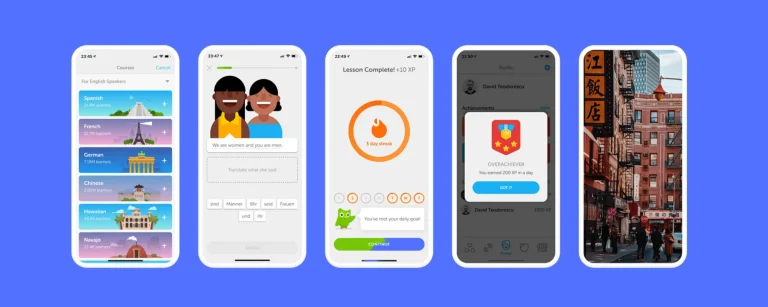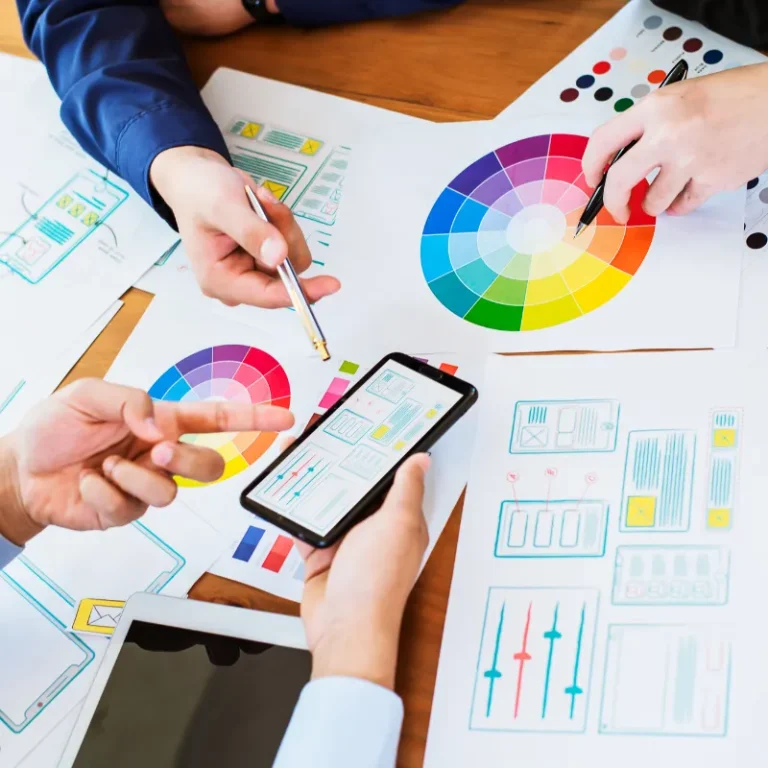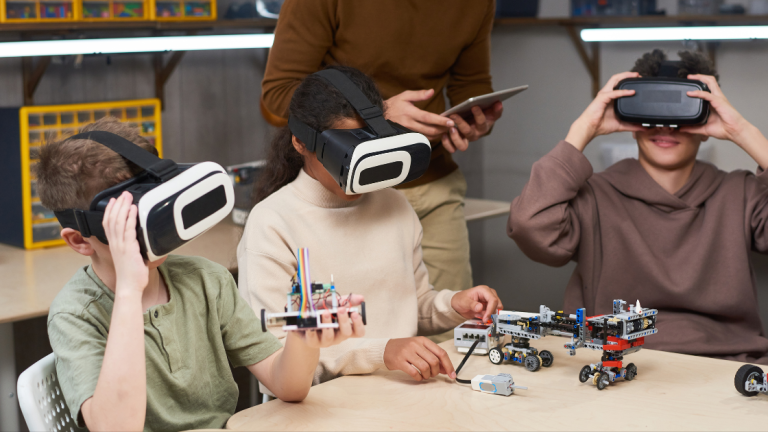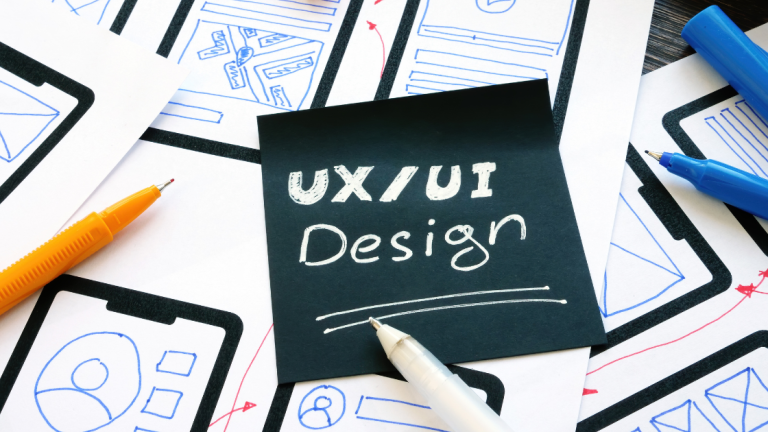The rollout of ultra-fast 5G connectivity is bound to transform all other dimensions of digital life, with one of the most significant areas of change being that of User Interface (UI) and User Experience (UX) design. Besides providing fast data connection and less lag time, 5G boosts reliability in the networks, which is thus going to redefine digital platforms’ interaction and the new design possibilities through creating more engaging, responsive, and immersive experiences for the users. This article will explore how connectivity 5G and UI/UX will shape design, specifically looking at what to expect from designers in this new age of connectivity.

1. Speed And Responsiveness
First in line, and most immediate, is the incredible speed that 5G brings to the game, a quantum leap from 4G, which some experts estimate at 10 to hundreds of times greater. All this is a lot shorter in loading web pages, applications, and every digital platform in common use. In simple terms, a UI/UX designer could create interfaces very deep, complex, and full of data without slowing them down.
With 5G, users will demand near-instantaneous reactions to their actions. When scrolling through a website, seeking to view high-definition images, or watching video, more compelling experiences will be desired that are free of buffering.
2. Richer Multimedia Experiences
This large bandwidth in 5G is going to bring in the mass use of higher-grade multimedia content, possibly even 4K or 8K for videos, high-fidelity audio, and detailed animations. This way, UI/UX designers will be more liberated to infuse high-quality images or other multimedia components into their designs without limitations in performance.
For instance, video backgrounds, interactive animations, and high-definition product showcases all become easily doable for many more users as 5G begins to make it easier to deliver those experiences in an effective manner. This means that companies can more effortlessly come up with more visually incredible, jaw-dropping, and immersive interfaces that are bound to catch the user’s attention and keep them continuously engaged.
3. Seamless Integration Of AR And VR
Perhaps most thrillingly, one consequence of 5G on UI/UX design will be the full integration of easy AR and VR experience with everyday life. 5G’s low latency and high rate will make real-time, interactive, highly responsive AR and VR experiences smooth in their delivery.
For AR, this might entail further deployment of interactive overlays on mobile devices, allowing users to interact with virtual objects seemingly anywhere in a real-world environment. In VR, it could mean more immersive virtual environments that users can explore without much lag or disruption.
Designers will have to think about how these can be integrated into existing interfaces and how to create new interfaces that take full advantage of the capabilities of AR and VR.
4. Enhanced IoT And Smart Device Interaction
Internet of Things growth will burst through when 5G comes alive because higher speeds and reliable connections will mean greater numbers of devices that communicate with each other all the time. This is going to have a real impact on the design of UI/UX within smart homes, connected cars, and wearable devices.
In 5G, customers expect an experience to be fully interactive across their multiplicity of devices, controlling smart home systems, monitoring health data from wearables, and connected vehicles. As designers, we need to design interfaces through which it becomes easy and intuitive to control devices across multi-device setups, but it is also important to keep this consistency and coherence clear across all these devices.
In addition, this potential information processing from a myriad of sources in real-time can help create novel and context-aware personalized experiences for them.
5. Create More Personalized Experiences
It has been found that, while handling a lot of live, exploding data in real-time, the power of 5G will thus provide more personalized, context-aware experiences for UI/UX designers. With the information, the design of an interface will always be changing, suiting the current context, preference, and behavior of a user.
For example, apps and websites may actively display personalized contextual content based on the user’s current location, prior interactions, and the activity they are presently engaged in. This will really interest users because experiences and tools are so customized, which is bound to raise satisfaction and loyalty.
With the mainstreaming of 5G, context-aware design will be more mainstream, and communication among the devices and with the cloud service will be smoother.
6. Enhanced Collaboration And Real-Time Interaction
With speed and reliability, 5G will deliver rigorous real-time collaborations both in professional and academic environments. This would mean the need for UI/UX designers to shape interfaces that give the power of smooth real-time interaction through video conferencing, shared workplaces, or collaboration tools.
Real-time editing and designing in the preparation process of a project, where various people can work on a single document or design simultaneously without a difference in time, are some of the ways 5G is likely to support projects. Real-time responses in virtual classrooms offer learning experiences between the student and teacher in a bid to support educational projects.
Conclusion
Ultrafast 5G connectivity will fundamentally change the design of UI/UX, becoming rich in multimedia, seamlessly AR- and VR-integrated, and interacting face-to-face with contexts. UI/UX designers would get unprecedented opportunities with the coming of high-speed 5G, being able to design richer, more engaging, more responsive, and immersive UIs.
The new era, however, will place demands on designers to rethink the traditional way of doing things in light of new technologies and principles of design that could make the best use of 5G and UI/UX. A designer who looks into the future will be up-to-date with respect to his work in a 5G dynamic world so that the expectations of users are changing continuously.







